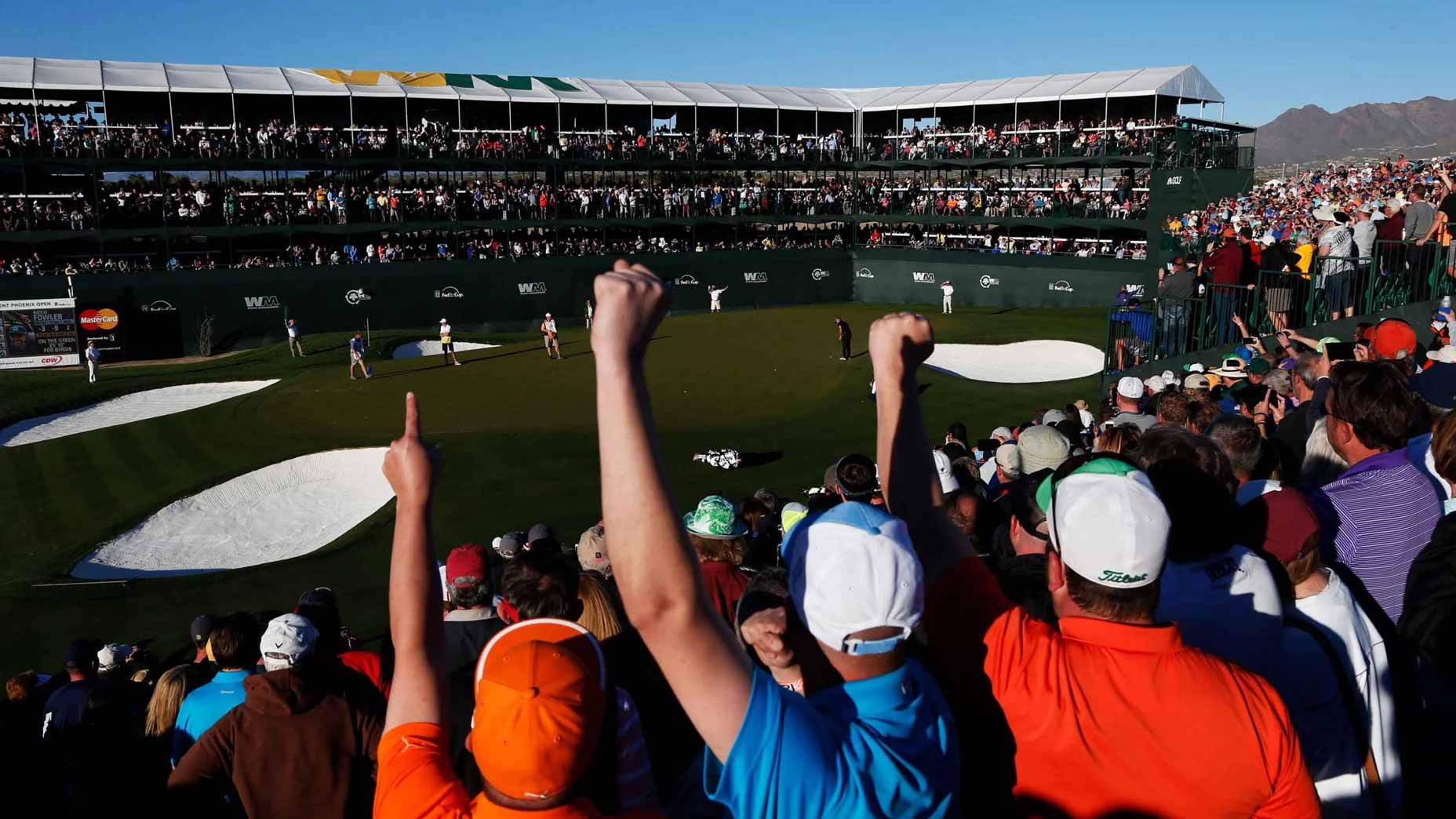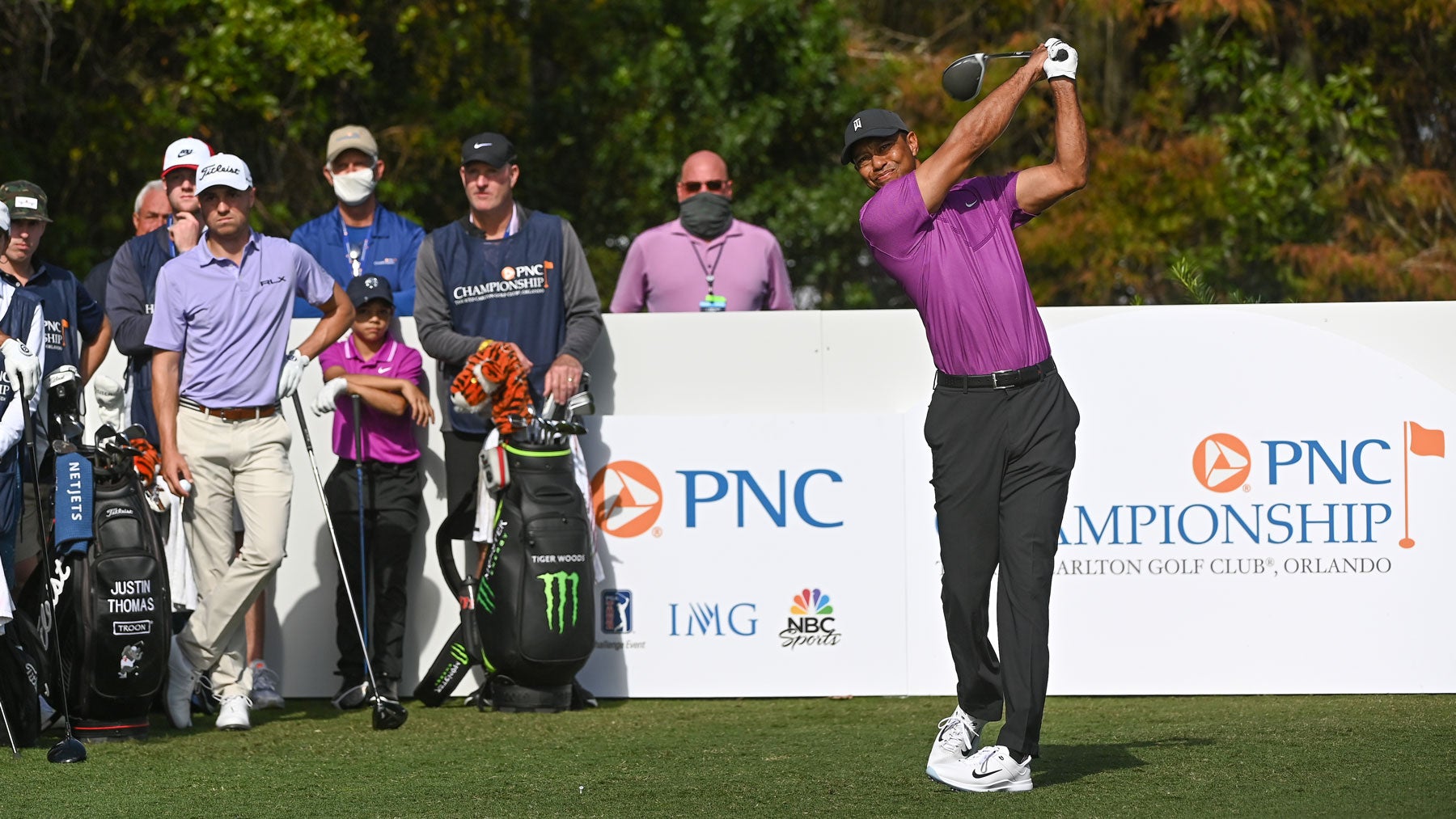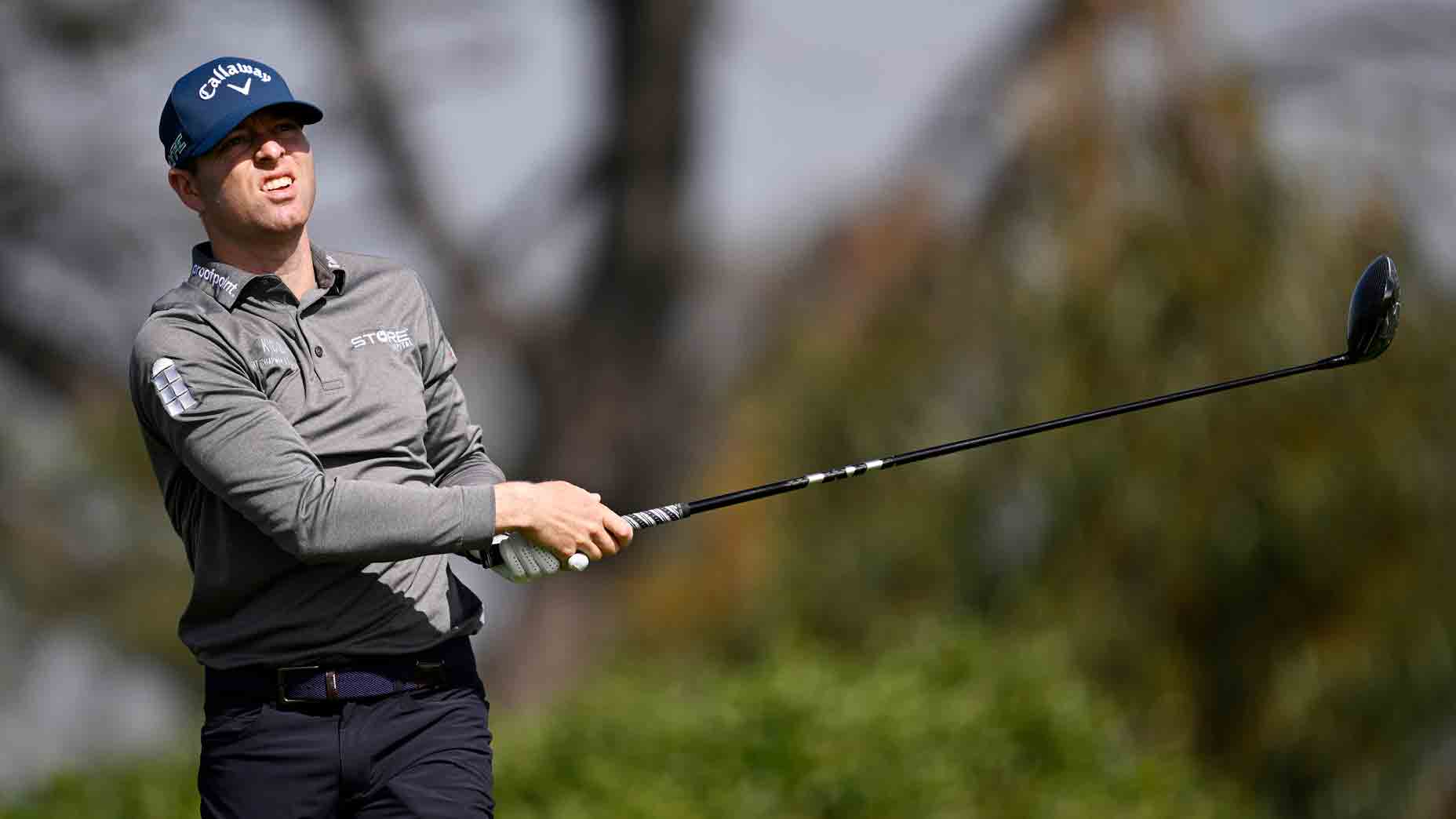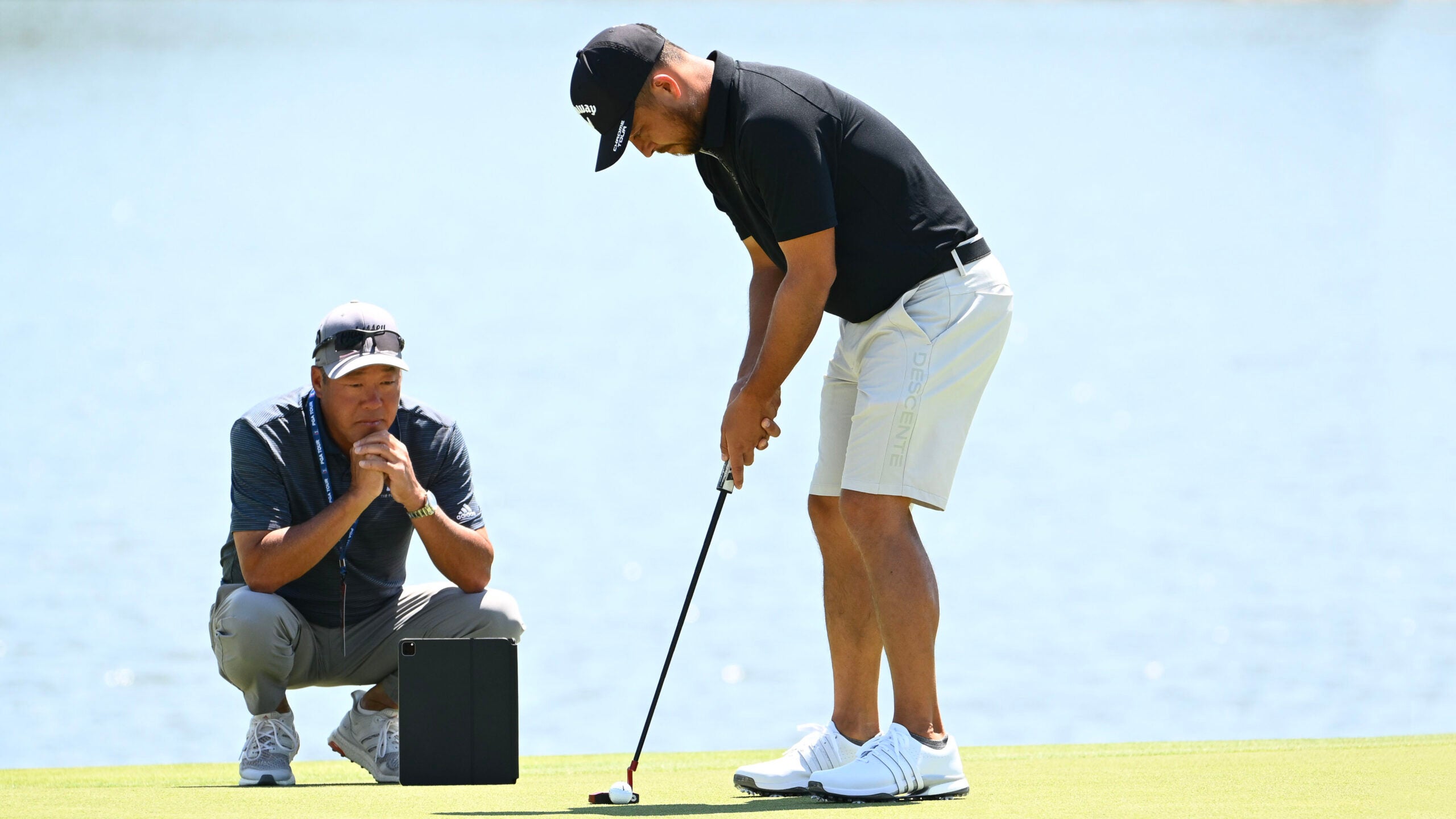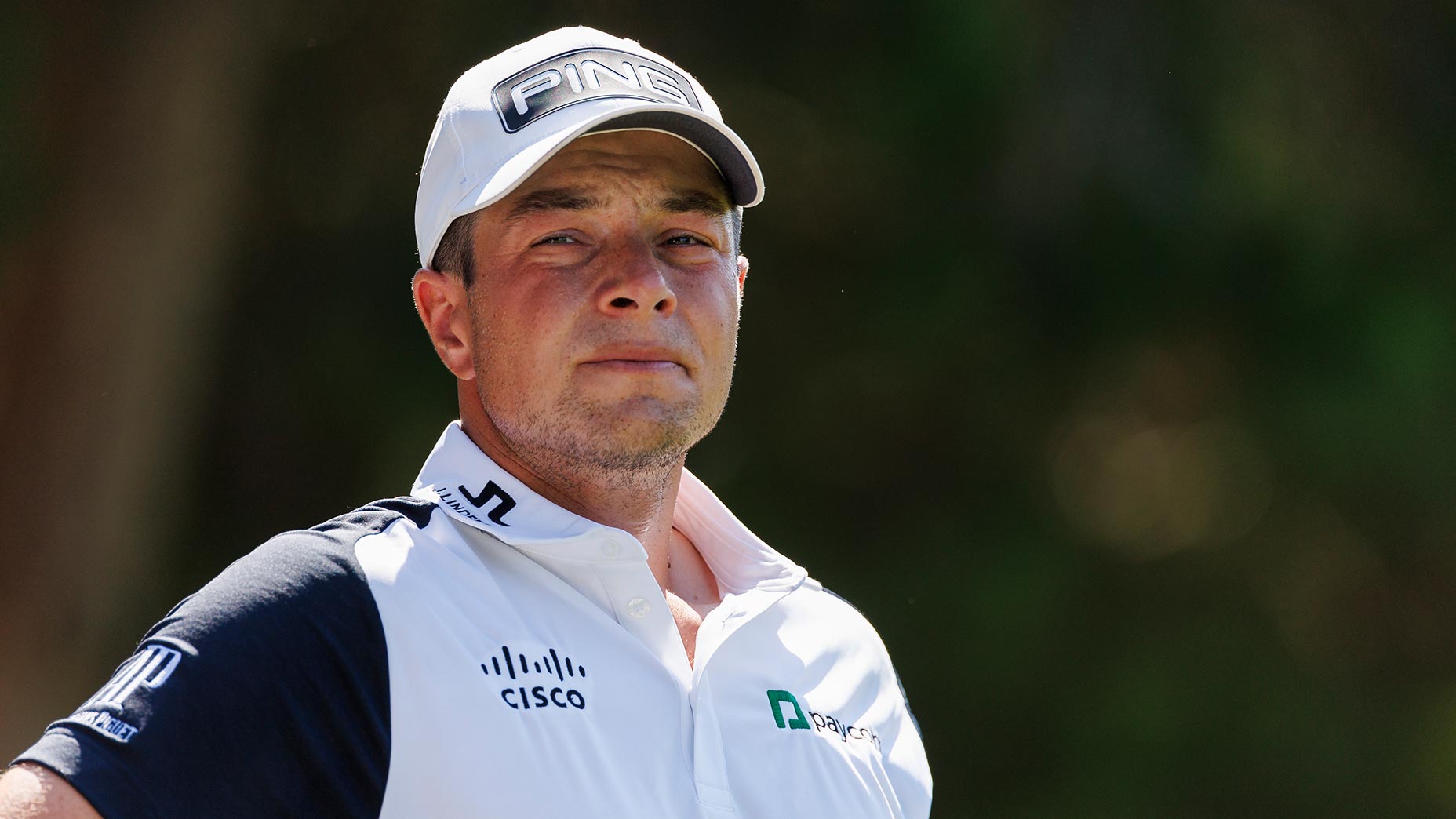Much has been written and said about the PGA Tour’s new and lucrative Player Impact Program that debuted this year, which was essentially a way to reward the pros who brought the most eyeballs to the sport. The PIP distributes $40 million to the top 10 players in the program, with $8 million going to the winner.
It’s been a slightly confusing concept, no doubt. And Golf Digest‘s Daniel Rapaport recently spoke with Andy Pazder, the PGA Tour’s chief tournaments and competitions officer, to learn more about the PIP, who is eligible for it, the future of the program and more.
Pazder also explained how pros will get paid. According to the interview, the players who finish in the top 10 only get paid after they complete two other requirements. Pros receive the first half of their winnings after they attend a mutually agreed upon sponsor function, like a media interview, golf outing or Q and A, for example, and the second lump is delivered after the pro enters and plays in a mutually agreed upon PGA Tour tournament.
There are five categories that contribute to a player’s PIP ranking: Google search frequency, Meltwater mentions (global media attention), MVP index (social media reach), Nielsen score (TV time) and Q-score (player appeal).
Tiger Woods has made the PNC Championship a must-watch event. Ask its title sponsorBy: Alan Bastable
“For us, it’s all about getting our players to engage in our game, help grow our Tour, and help grow their own respective brands,” said Jay Monahan, the PGA Tour’s commissioner, at the Tour Championship in August. “And if you look at what drives engagement, it’s on-course performance, and that is part of the basis for the way the Player Impact Program was developed. You’ve seen how everybody’s performed this year, and I think as we look at it and you think about the way that fans and the major storylines on the way fans have engaged, players have engaged fans through those channels, I think it’s fairly intuitive.
“The point I would make is that we’re up, you know, this year we’re up 41 percent when you look at cross-channel consumption,” he continued. “We’re up across every metric. And I think that’s, first and foremost, because of the quality of play, but I also think we’re benefiting from some really powerful engagement from our players day-to-day and doing the things I just described.”
As for when the winners will be announced? Pazder said February, but no, that won’t be made public. Monahan said back in August “we don’t have any intention on publicizing it.”
You can read the entire interview with Pazder here.
